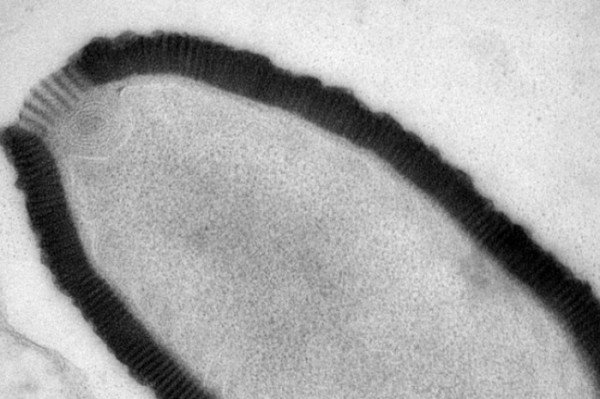Their findings are described in the journal PNAS. The virus is called a pythovirus; the size of its capsid is 1.5 μm, exceeding the pandoravirus by 0.5 μm. Externally pituitary and pandoraviruses are similar.

However, Pithovirus can be called the largest "body" in size, but not in the size of the genome, which it found to be relatively small: only 600 thousand pairs of nucleotides. Inside, the virus has quite a lot of free space, unoccupied by nucleic acid, and part of it is filled with proteins synthesizing RNA.
This is a giant virus Pithovirus sibericum, which was found by scientists in the ice of the Kolyma lowland. Studies have shown that this type of virus parasitizes on amoebae, and therefore is completely harmless to humans and other large animals.

As a result of the research, scientists managed to restore to life this ancient virus, which was frozen for about thirty thousand years. It is also interesting that this is the largest virus in history described by scientists.
Pretty cool. If the genome is so small I wonder why the virus is so large!?